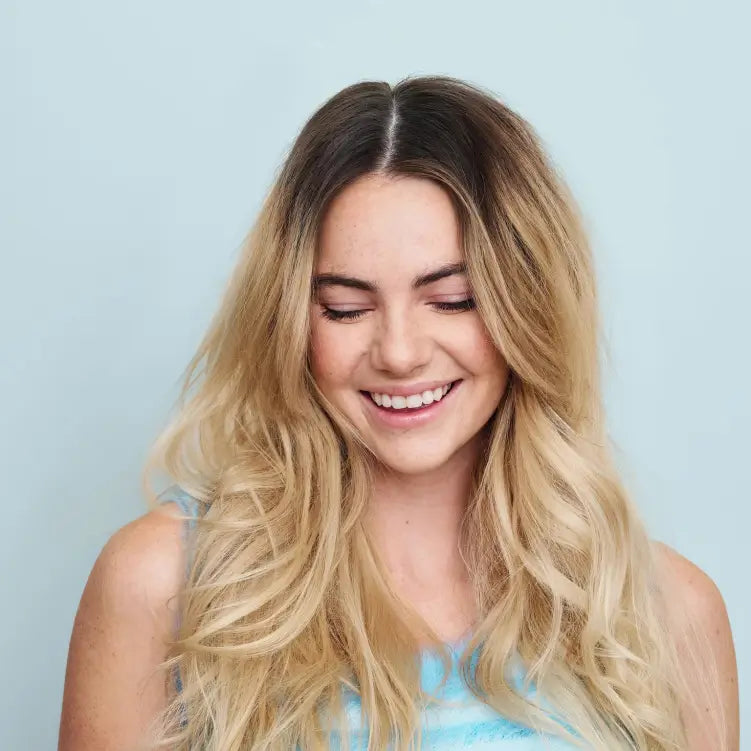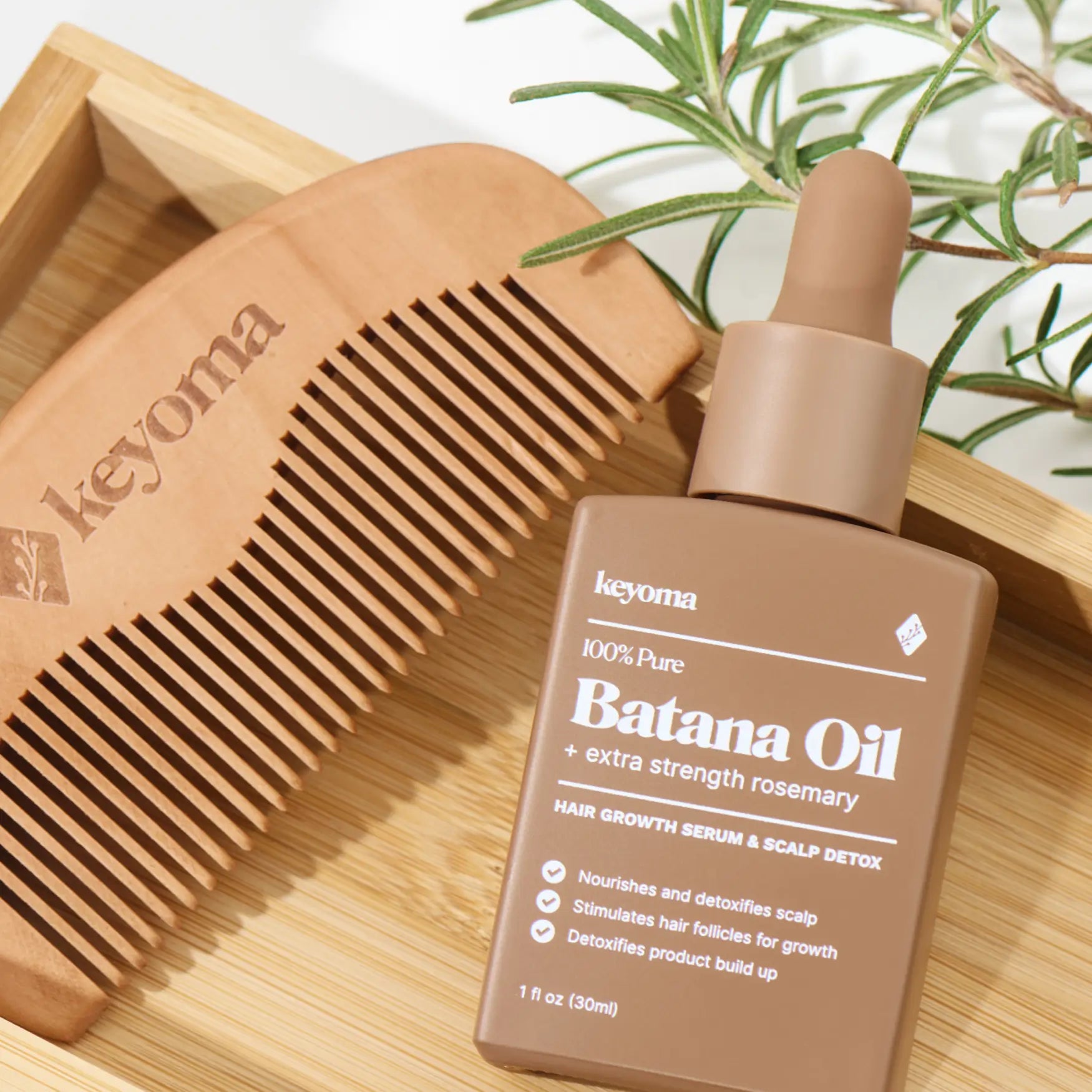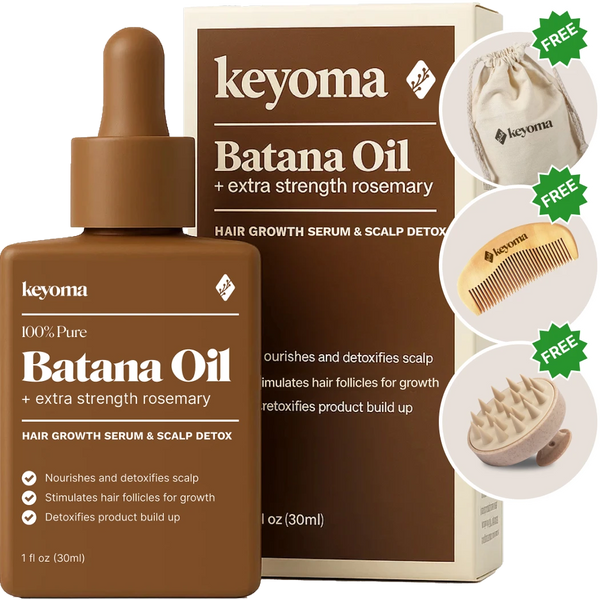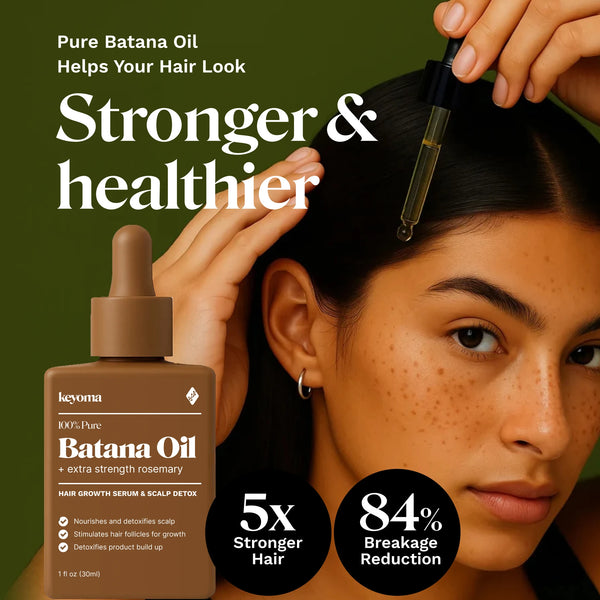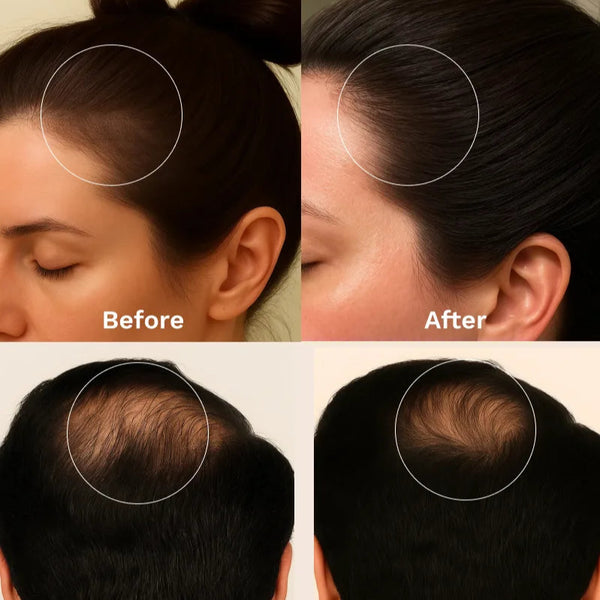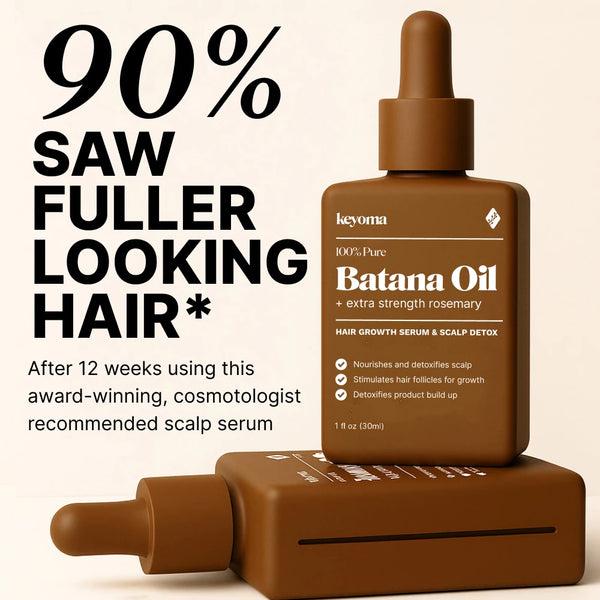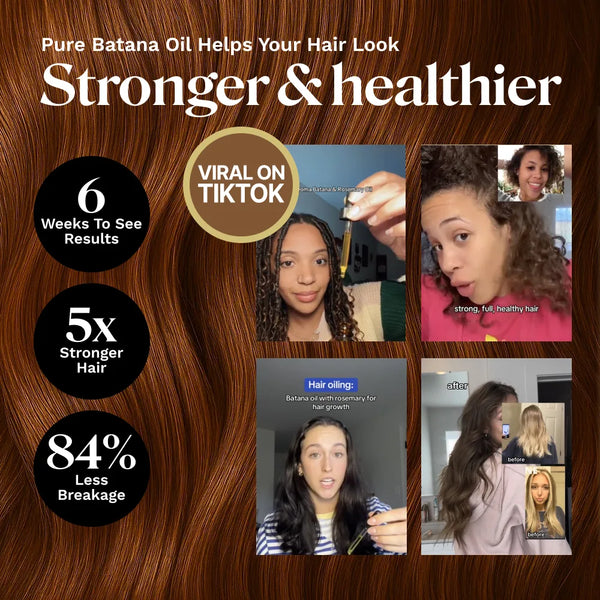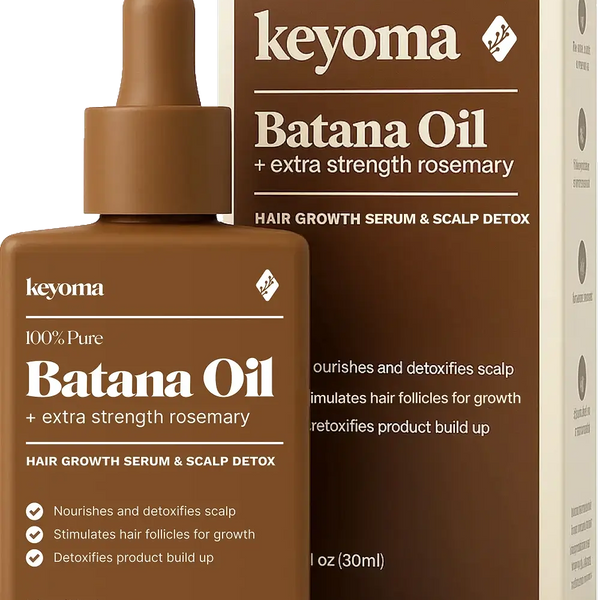In this article
The “I woke up like this” vibe looks easy, but if you have waves or curls, you know it takes care. Genetics shape your pattern, yet the shine, bounce, and less-static finish come from products that hydrate and define the way your hair needs.
You’ve seen endless bottles that promise perfect, silky curls. Plenty claim they’ll boost your natural pattern like a true curl-defining cream, then fall short in real life. There are more misses than you can count.
Let’s make this easier for you. You’ll pinpoint your curl type and match products to what your hair actually does. You’ll also get simple care tips you can use today without overhauling your routine.
Keep going for practical curly-hair tips and a clear list of product types that tend to work best.
Key Takeaways
-
Wavy and curly patterns vary by shape and density, which guides what you choose.
-
Hair oils seal in moisture, tame frizz, and aid clumping, but they don’t hydrate.
-
Creams often suit thick or dry hair; finer strands can look weighed down fast.
-
Gels add shine and hold, though some formulas can feel drying.
Untitled document
How to Find the Best Curly Hair Products
Before you shop, learn what your hair does on a typical wash day. When you understand your texture, porosity, and pattern, you can sort products faster and pick what fits you.
Type 2 (Wavy Hair)
2A, 2B, and 2C are wavy types. 2A has the least texture and volume and can read nearly straight. 2B has larger S-shaped waves that usually begin below the crown. 2C is the thickest wave pattern and can look almost curly, with defined S shapes starting right at the root.

Type 2A
Type 2A has a soft, barely-there texture that’s easy to straighten with a brush. If your hair fits this, avoid heavy stylers that flatten roots. You’ll do better with lightweight serums that still give solid hold.
Because 2A often lacks lift at the base, you can use an airy, water-based mousse at the roots to add volume without stickiness.
Type 2B
Type 2B usually sits flatter at the crown, with defined S waves from mid-lengths. Strands are thicker than 2A and take more effort to wear pin-straight, so please use heat protectant if you reach for hot tools.
To boost those beachy waves, try a texturizing mist with rice protein. A light moisturizing spray can lift your natural pattern without weighing you down.
Longevity is the challenge with Type 2, so diffuse for volume and hold when your curls tend to drop by noon. Work on reducing frizz and use a diffuser bowl wide enough to gather sections evenly. A close friend with 2B waves noticed longer-lasting shape when she diffused on low heat.
Type 2C
Type 2C is thicker and frizz-prone, with stronger S bends that start at the root. Between washes, you can co-wash with a non-lathering, sulfate-free cleanser so you don’t strip needed moisture.
Layer a leave-in under a mousse to lock in your wave pattern while you add hydration. You’ll keep definition and still get touchable movement.
Type 3 (Curly Hair)
Now you’re in curly territory. 3A has bigger curls with more volume than waves but less density than tighter types. 3B looks like springy ringlets roughly the size of a marker. 3C wraps small like a pencil, giving tight definition.

Type 3A
3A tends to be shiny with looser curls about sidewalk-chalk wide. To style fast, work a small amount of curl cream or mousse through damp hair from roots to ends, then scrunch out extra water. That defines texture and adds hydration. Hands off afterward so you don’t create a frizz halo.
Refresh with a curl mist to keep those coils lively. Look for lightweight, defining formulas that won’t feel sticky.
Type 3B
3B hair forms springy ringlets about the width of a Sharpie. This texture runs dry, so stock gels with humectants like hyaluronic acid, glycerin, and aloe vera extract to attract moisture and reduce dullness.
Apply a glycerin-rich gel on wet hair for definition without frizz. You’ll capture curl shape while it sets.
Type 3C
Type 3C looks like tight corkscrews, about straw or pencil size. Strands sit densely together, so you get lots of natural volume along with expected frizz.
Use a sulfate-free, creamy cleanser to avoid dryness. Then layer mousse over styling cream on sopping-wet hair so curls clump and form faster. Your co-wash reveals pattern, while your styler locks it in.
Type 4 (Coily Hair)
Type 4 is coily. When 4A is wet, coils can seem subtle, but shrinkage shows as it dries. 4B is denser, bends in sharp Z shapes, and can feel wiry or coarse. 4C is the most compact zigzag pattern and shrinks the most when dry. The bonus with coils is versatility, since you can style them many ways.

Type 4A
If you’re 4A, you likely have dense, springy S-pattern coils about a crochet-needle wide. Wash-and-go styles are quick to do. Keep a detangling brush and sectioning clips nearby to make application easier, and repeat the routine often to keep coils soft and pliable.
Type 4B
4B strands pack tightly and bend at sharp angles like a “Z.” It’s a pattern that can be shaped in plenty of ways.
Thicker styling creams suit 4B because they work for palm-rolling and shingling, two methods that stretch coils and clump them for clearer definition and a bit of elongation. You’ll get smoother texture and easier styling.
Type 4C
4C is similar to 4B but even tighter and more delicate, with a closer zigzag. Expect the greatest shrinkage, often 75 percent or more, compared with other textures.
Because shrinkage and dryness are common, you can use a rich hair mask to soften and detangle while adding deep hydration to thirsty coils.
After you rinse, apply a generous leave-in to boost moisture. Castor oil also works as a sealing step for this dry texture.
5 Styling Products for Curly Hair
There are so many stylers to try. Here’s a quick guide to what each category does and how it may help you decide.
Creams
Creams, sometimes called smoothies, usually blend butters, oils, and waxes. Most DIY stylers end up as creams since common ingredients make them simple to whip at home. A whipped body butter can work as a base, even if that’s not how you first pictured using it.
You might even see great curl definition with a magnesium body butter. Creams shine for dry, thick, naturally full hair that needs control.
If your hair is fine, keep creams light or skip them, since heavier blends can weigh you down and make strands look oily and limp. A small amount usually goes far.
Hair Oil
Oils coat the hair to seal in water and add shine. They reduce frizz and help curls clump, but they don’t add hydration themselves. Use a tiny amount, about 1–3 drops, on damp mids and ends. For me, a single drop smoothed flyaways without making my curls fall flat.
Keyoma Batana Oil with Rosemary for curly hair is a strong option for dry or high-porosity curls. Batana is rich enough to seal lifted cuticles and soften rough ends, while rosemary gives a fresh scalp feel and herbal scent. If your hair is fine, apply very lightly or use it just to break a gel cast.
Gels
Many DIY stylers that aren’t creams are gels, like flaxseed gel. Some are natural, others not, and most look clear and feel slippery. You can choose different hold levels. Gels tend to add more shine than creams, but certain formulas can dry your hair out.
Store-bought gels often include silicones for slip and shine, so check labels if you avoid them. You can try plain organic aloe vera gel as a gentle alternative.
Mousse
Mousse has long been praised for curls. It’s a light foam that plays well with natural lift. Read ingredient lists, though, since many include drying alcohols or silicone. I haven’t seen an ingredient list clean enough to recommend universally.
You may like mousse if your hair is fine or limp, but some people find it drying, so adjust the amount and placement.
It’s also tough to make mousse at home. I rarely see reliable DIY recipes, though if you find one, share it.
Pomade
Pomade adds shine and hold. You’ll find waxy, stiffer versions and smoother, oil-based ones.
Waxy blends usually give more hold than shine; oilier versions do the opposite. They’re useful for updos or short cuts. You can make both at home, though oil-based pomade is simpler.
Until more natural yet effective options show up, you can mix liquid oils in a dropper bottle or pour a solid version into a bar mold.
Build Your Curly Hair Routine This Week with Keyoma
The biggest mistake is treating oil like a moisturizer. Oils seal in water and add shine; they don’t hydrate on their own. Use 1–3 drops on damp mids and ends. If your hair is fine, go lighter. Choose batana when your curls are high-porosity.
Try this three-step swap: after washing, scrunch out excess water; smooth oil through mids and ends; let curls set without touching. On refresh days, use one drop to break a gel cast and stop once strands feel smooth.
Track what you see for a week and tweak the amount, not the method. Start with Keyoma batana oil with rosemary as your light seal on damp ends.
Featured Product
100% Pure Batana Oil + Rosemary
↓Best Batana Oil to Buy↓
1 Month
Subscribe & Save
- 30-day supply delivered monthly $35
- 30% off for life $6
- Free haircare essentials kit $33
- Free custom wooden comb $10
- Free scalp massager $15
- Free eco-friendly travel bag $8
- 30-Day Money Back Guarantee
- Free Shipping
- Online portal for easy cancel, skip, or pause.
1 Month One Time Purchase
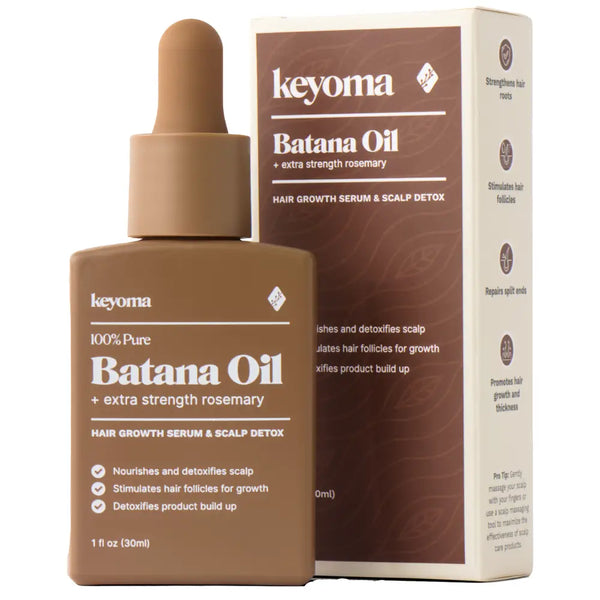
- 30-day supply $50
- 30% off for life $6
- Free haircare essentials kit $33
- Free custom wooden comb $10
- Free scalp massager $15
- Free eco-friendly travel bag $8
